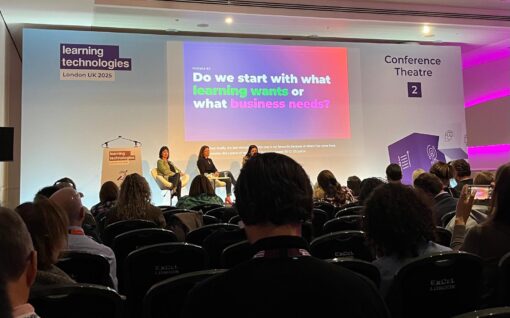From VUCA to BANI – how to help process the world around us
After reading a new PwC report yesterday, I’ve been thinking about the terms VUCA and BANI. One of the report’s stats stood out to me in particular: 45% of CEOs think their organisation won’t be viable in ten years if it stays on its current path. That’s a pretty sobering number (taken from PwC’s 27th Annual Global CEO Survey called Thriving in an age of continuous reinvention).
CEOs expect to be under even more pressure over the next three years than they have been the previous five years (that’s saying something considering the huge amount of pressure businesses have faced the last five years) from technology, climate change and all the other megatrends disrupting life and work today. And this is despite over two thirds (77%) saying they have taken at least one action in the past five years that has had a large or very large impact on their company’s business model. So these CEOs are trying to innovate and be responsive to change, but many obviously think it might not be enough to ensure their organisation’s survival.
That’s a VUCA world all right. VUCA (volatility, uncertainty, complexity and ambiguity) is a much-used phrase. In fact, it’s been used so much it’s become a bit hackneyed. According to the Center for Creative Leadership (CCL), it has lost its punch and some organisations don’t want to use the term any more, leading the CCL to create an alternative – RUPT (rapid, unpredictable, paradoxical and tangled). I’m not sure RUPT will take off myself as it looks like a rehash of VUCA. BANI is an interesting one though. It stands for brittle, anxious, nonlinear and incomprehensible and it is largely used in relation to technology and innovation. This is a less well-known term, but I’ve noticed it cropping up more recently. The American writer and futurist Jamais Cascio coined it and I enjoyed reading his article Human Reponses to a BANI world.
Early on in the article he referenced a quote that is generally attributed to the writer Mark Twain – “history doesn’t repeat itself, but it often rhymes”. Five years ago, Cascio said the world was no longer rhyming – patterns were not repeating as expected. “We couldn’t as reliably make reasonable judgments about what was to come in the weeks and months ahead. Systems that appeared strong were suddenly on the verge of collapse; processes that were becoming increasingly critical to our daily lives were becoming less and less understandable.”
This led him to develop the BANI framework. Read the article if you want to find out more about what he says, but here are four summary lines from the piece:
- Brittle chaos is sudden, surprising, and hard to ignore
- Anxious chaos is confusing, deceptive, and emotionally painful
- Nonlinear chaos is disproportionate, surprising, and counter-intuitive
- Incomprehensible chaos is ridiculous, senseless, even unthinkable
This LinkedIn article on the difference between a VUCA and a BANI environment is also worth reading.
Martin Couzins, our head of insights, went to the World of Learning conference this week and has written up his thoughts. You won’t be surprised to hear that AI featured strongly, although Martin did squeeze in some interesting conversations around skills and sustainability as well. Check out his write-up here.
Picture Credit: Pixabay
Roisin Woolnough, head of content, Insights Media

